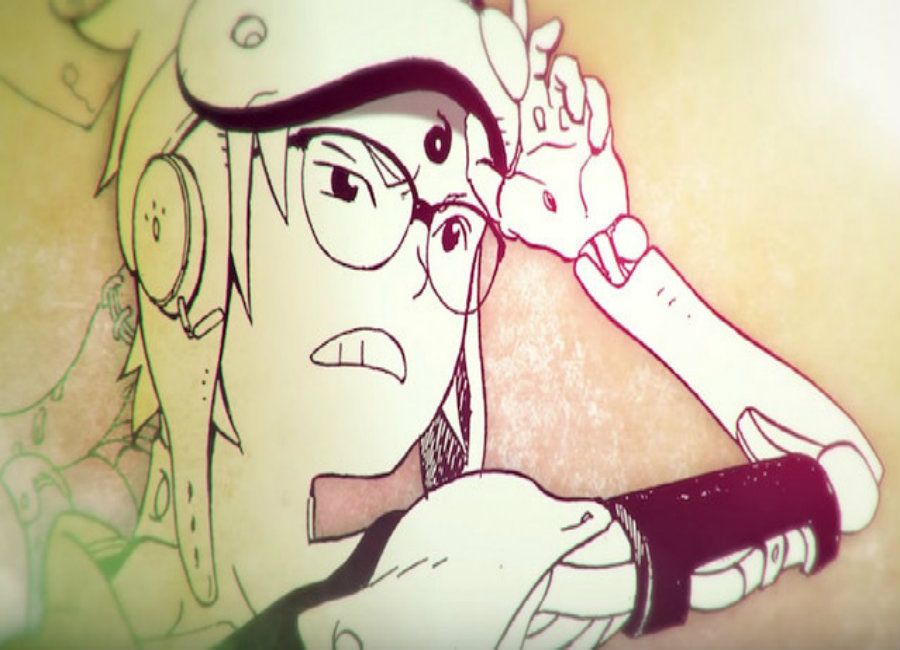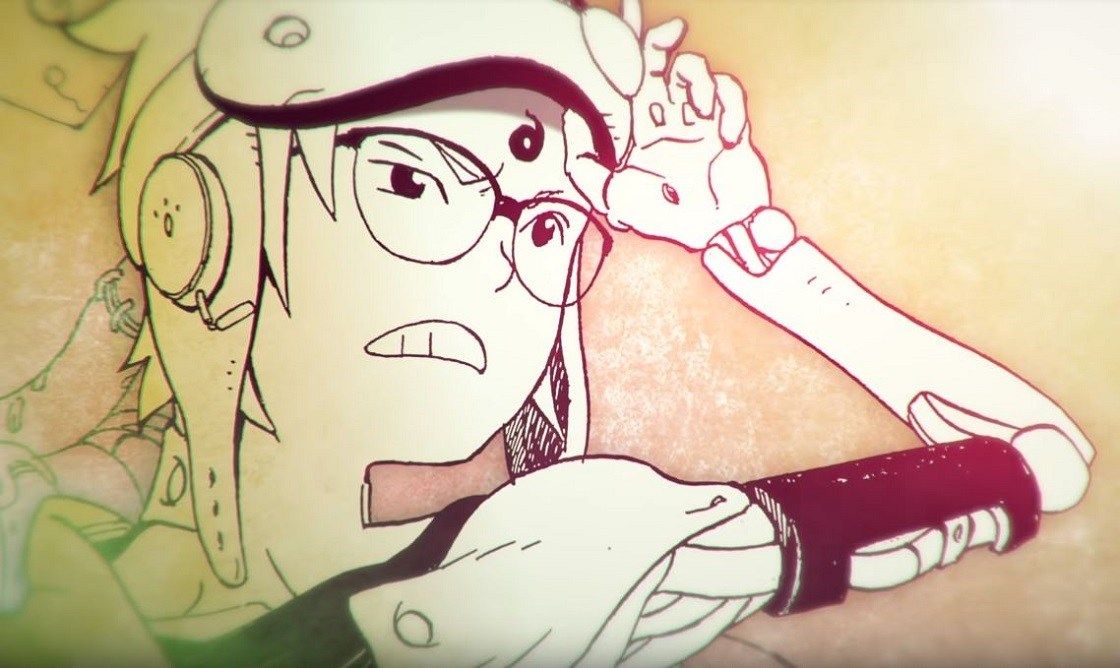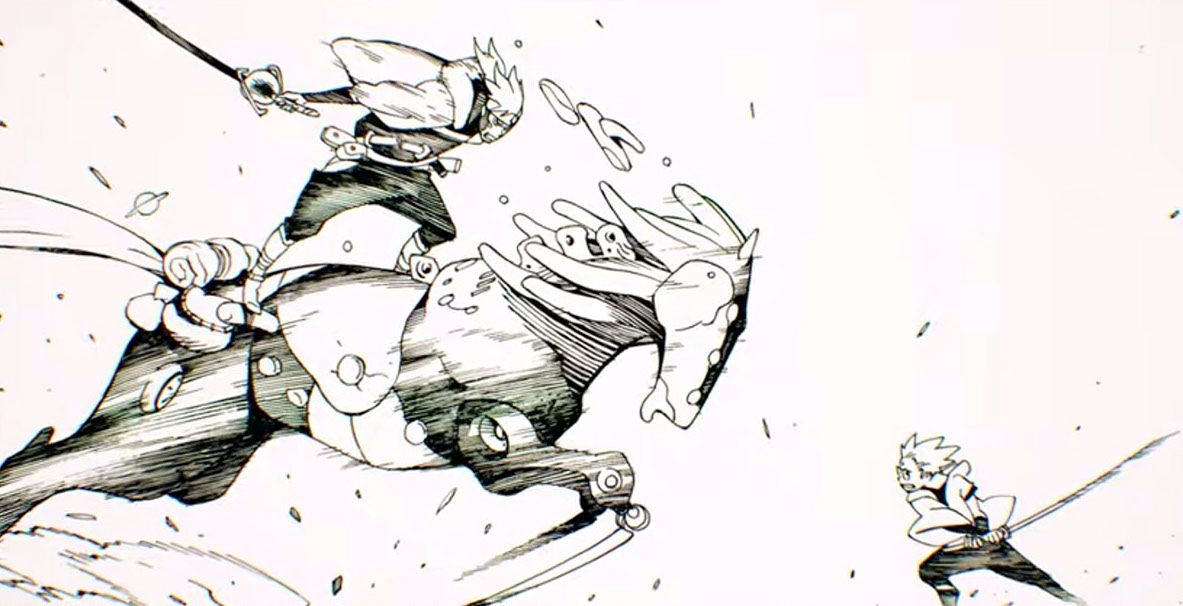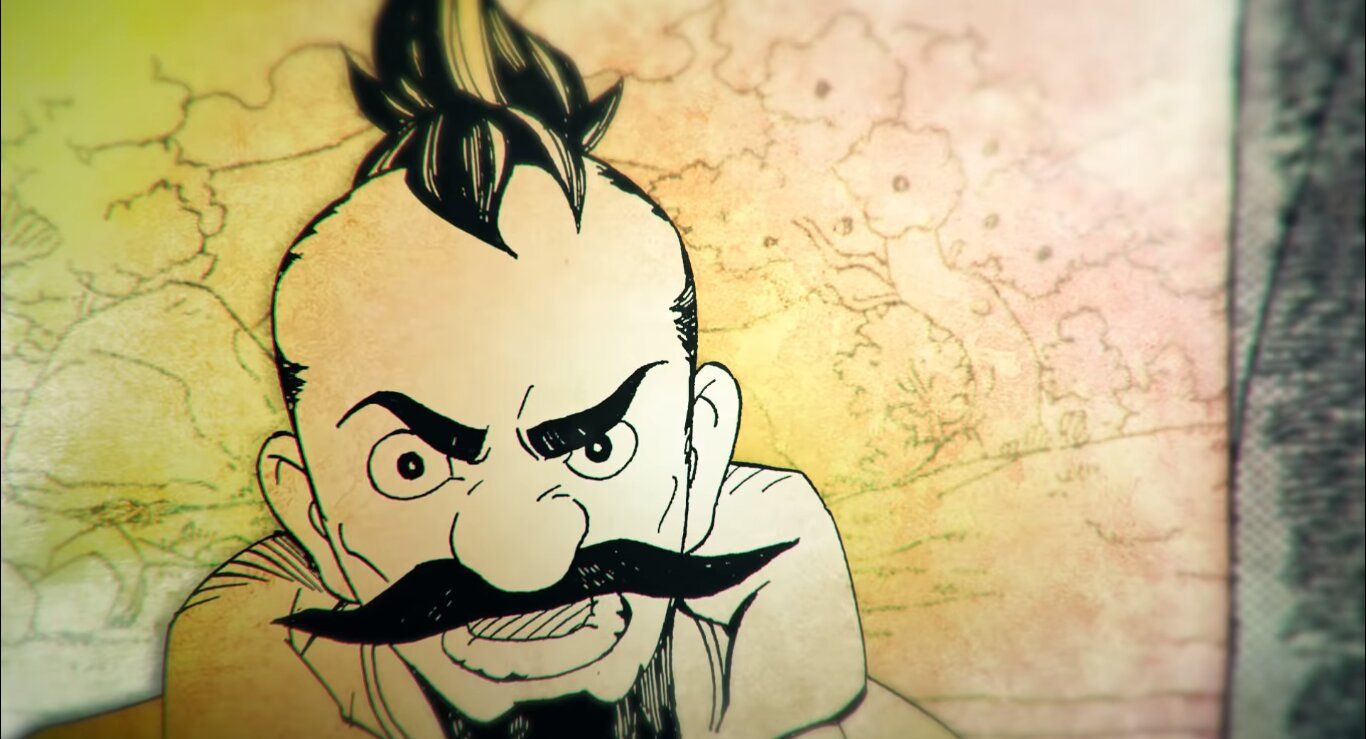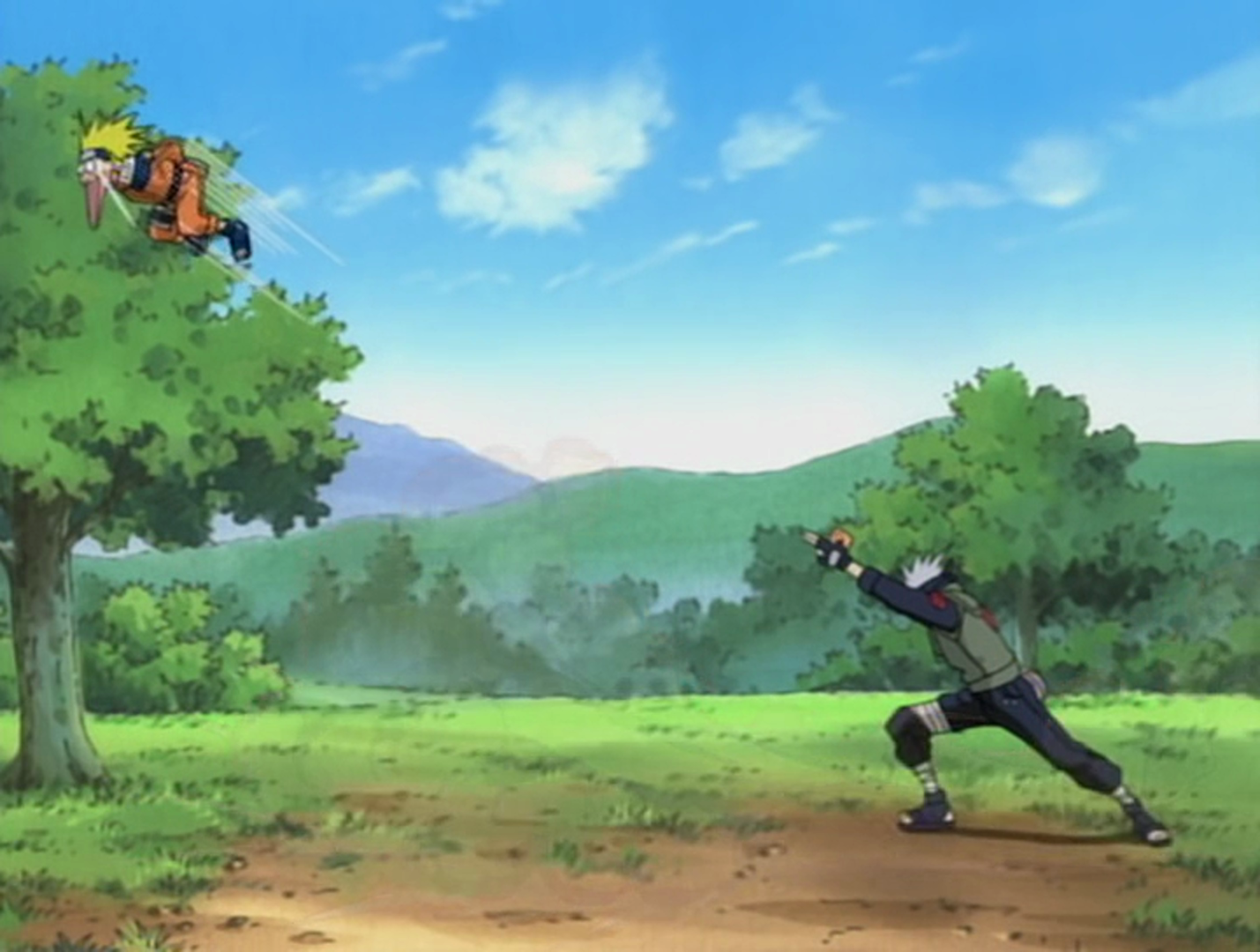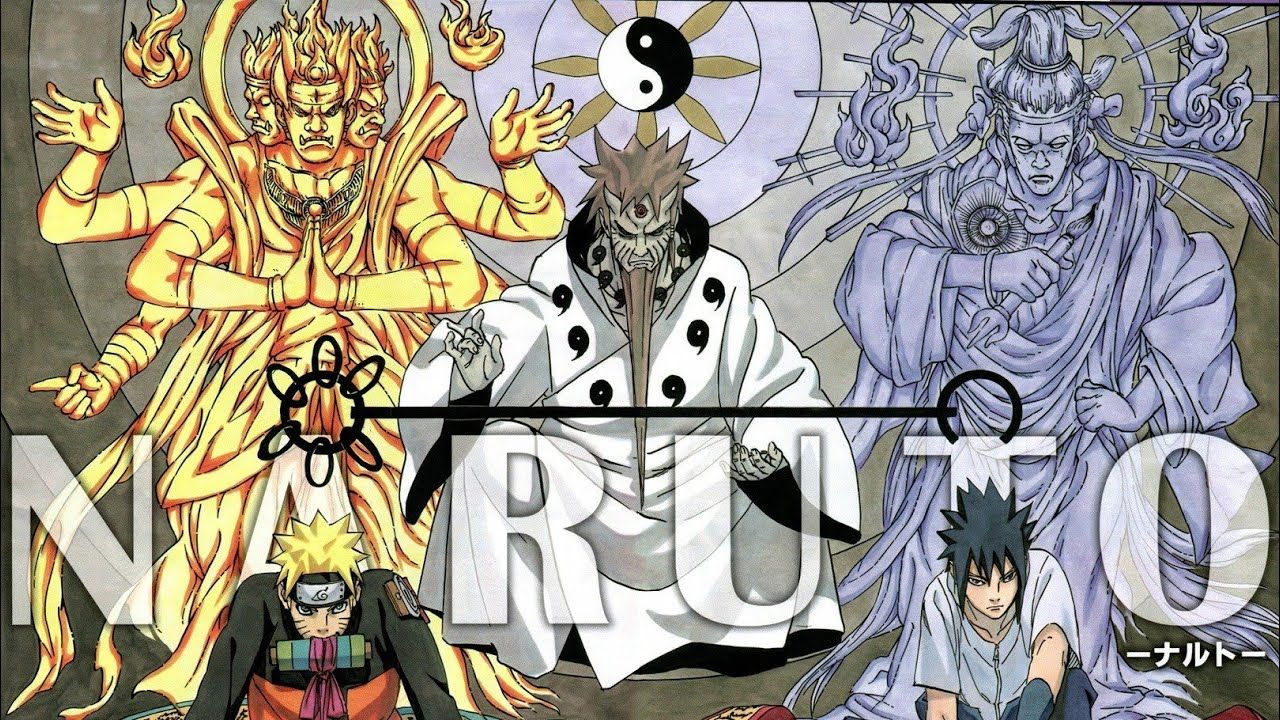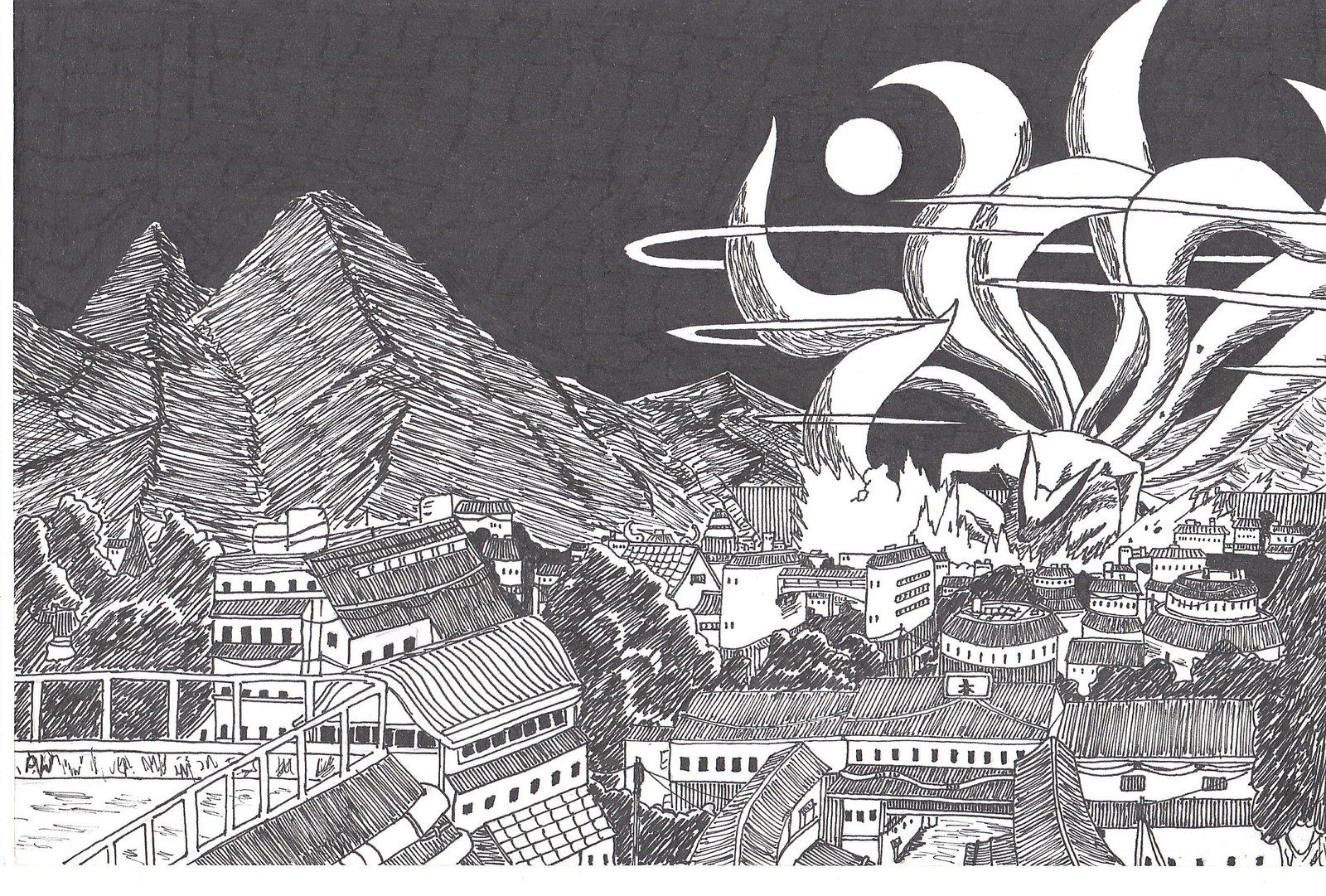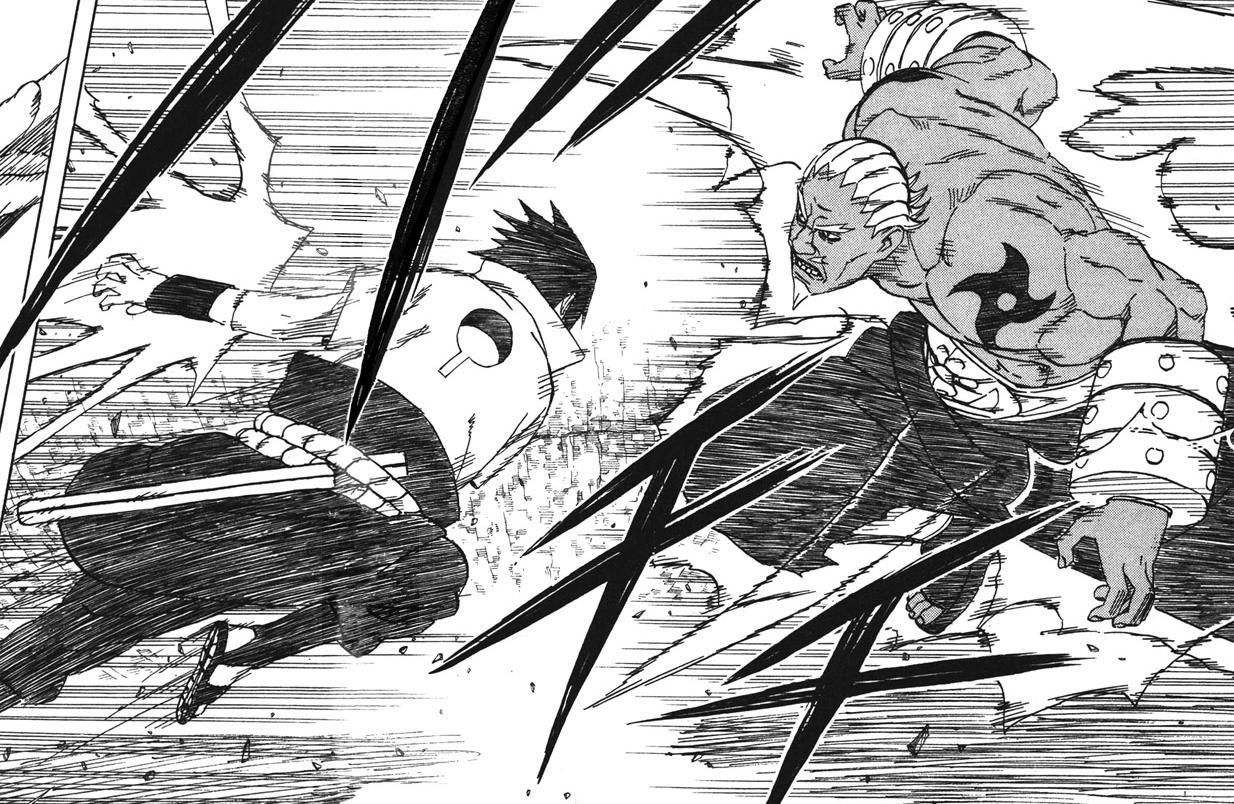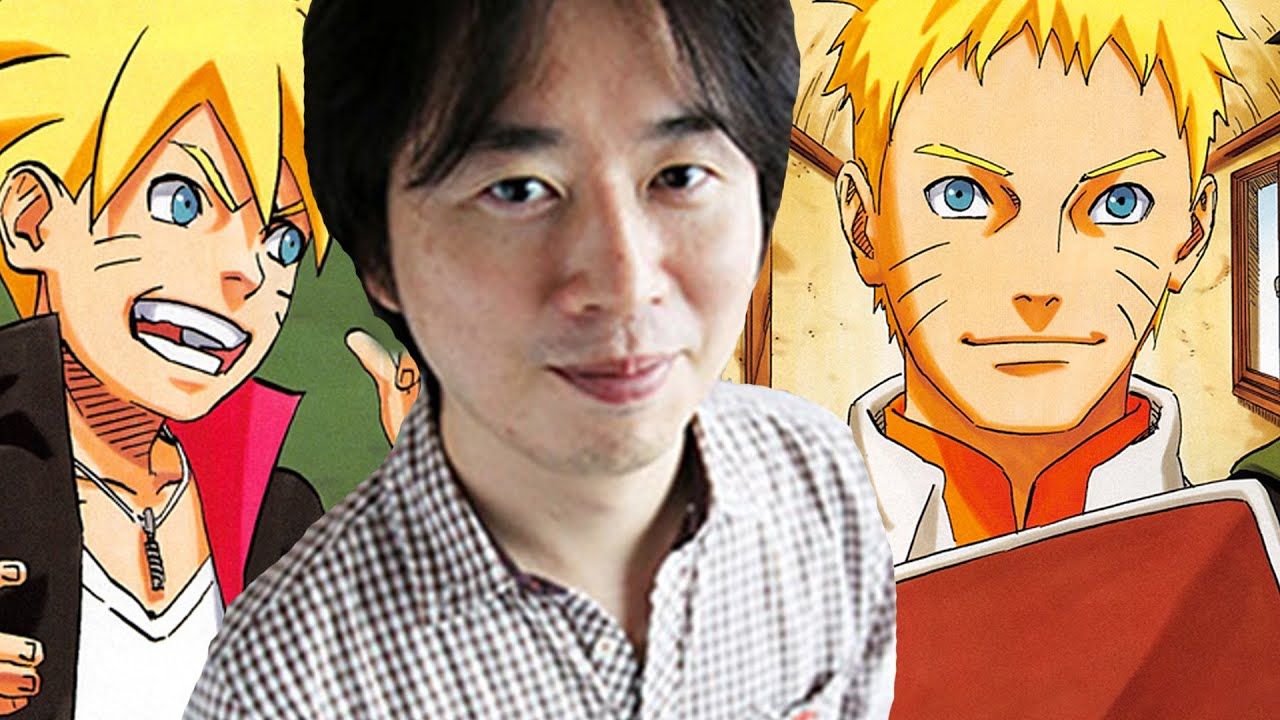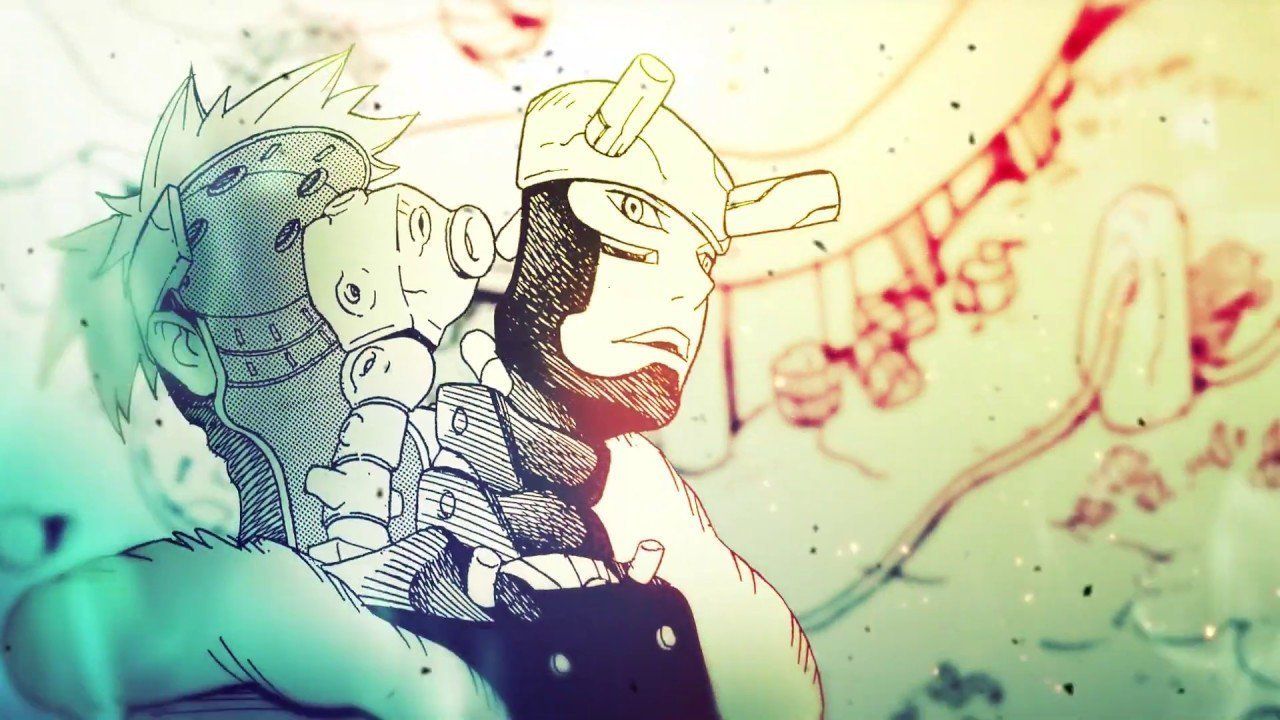Samurai 8: The Tale of Hachimaru is a new original manga series currently running in Japan’s Weekly Shōnen Jump magazine, authored by Naruto/Boruto creator Masashi Kishimoto. Partnered with artist Akira Okubo, Kishimoto’s cyberpunk sci-fi/fantasy tale sees him solely in the writer’s chair this time around, liberating his creative energies and enabling them to flow principally into the task of developing the narrative for this exciting new series.
As a result, readers can expect a few differences from Kishimoto’s earlier smash-hit, which saw him entrenched as both artist and writer. Not only will Samurai 8’s art style and subject matter vary dramatically from its predecessor, but its sense of narrative as well; for Kishimoto has said in the past that his attention to plot-related details caused him to run up against deadlines quite a few times during his Naruto run.
Now that the burden of drawing has been lifted from his shoulders, readers can expect even more of the distinctive depth and realism that originally propelled Naruto to popularity.
Though only six chapters into what Kishimoto hopes to be a 10 volume series, the fingerprints of Kishimoto’s meticulous approach have already begun revealing themselves throughout the work, distinguishing it from Naruto with its own unique flavor. Below are five things Samurai 8 does better than Naruto so far and five it does not (not yet anyway...).
10 Does: Main Character Emotional Depth
Naruto, as a character, had many strengths. He was brave, confident, gutsy, compassionate and had a legendary (borderline obsessive) concern for his friends. That said, he was also—even as an adult—fairly immature. Though he often steps into and fulfills adult responsibilities with his heroism, he rarely displayed what we could consider ‘realistic’ emotional depth.
Hachimaru, the protagonist of Samurai 8, on the other hand, is more balanced. Like Naruto, he too has suffered difficult circumstances while holding on to a motivational aspiration and meeting life with exuberant optimism. But despite the similarity, readers also get to see the deep and raw emotions that color Hachimaru's existence as he keeps them closer at hand than Naruto did — particularly those emotions related to his complex relationship with his father, for whom he simultaneously holds both profound love and profound resentment.
In Naruto, audiences saw such nuanced characterization funneled away from the title character and on toward other major characters like Sasuke, Kakashi and Itachi, making the title character just a smidge less relatable.
9 Does Not (Same): Art
Much like the majority of the ‘not’ list, Samurai 8 doesn’t necessarily do art worse than Naruto, but it can't be said to do it distinctly better. Its panels are fantastically detailed and well-drawn — especially the initial color-sequences which open the series; but at the same time, that emphasis of detail can work against the manga just a bit at times.
Some of the scenes are a bit hard to follow, requiring a couple passes before comprehension can truly sink in — a dramatic contrast to Naruto’s rather straightforward paneling. However, given the ambition of some of Samurai 8’s panels—especially some of the early battle scenes—these minor hiccups are easily forgiven.
8 Does: Major relationships
Though Naruto/Boruto abound in close relationships between characters in a variety of different social roles, Samurai 8 has already eclipsed Naruto in its depictions of interpersonal relationships. This piggybacks largely off the first point concerning protagonist depth but there are things about the much hallowed ‘bonds’ in Naruto that just don’t pass the sniff test.
After all, how many people have decried some of the ultimate relationship pairings in Naruto as being forced and unrealistic, or noted the inconsistent/borderline nonexistent of supervision of orphaned children (i.e. Naruto, Kakashi, Sasuke) as being problematic? Let's also not forget the matter of how supposed mentor Kakashi routinely passes Naruto (and Sakura to some degree) off for someone else to train quite frequently. Suspension of disbelief is easy for some of these things, but as they pile up, a lot of these questionable relationship dynamics seem to exist simply for the sake of narrative convenience
And yet, with Samurai 8, readers have already stolen glimpses of Hachimaru’s father, animal companion, master, friend (rival?), love interest, and seen their impact on the protagonist. Aside from the lattermost, the story depicts the emotional connection between these people very convincingly without any of the glaring questions that accrued over the course of Naruto.
7 Does Not (Same): Humor
One of the things that endeared readers to Naruto was its plethora of light-hearted childish gags that peppered its pages throughout its run. Who could forget the infamous ‘1000 years of Death’ technique during the bell test or the ‘Sexy: Boy on Boy Technique?’
Sadly, though the jokes did feature during the later years, they were nowhere near as prevalent as they were in the earlier chapters. Samurai 8 is like a return to those golden days, with Hachimaru bickering with his father and master very much like Naruto once did with Jiraiya. In this regard, however, Samurai 8 cannot be said to be any better than its antecedent, but only equal.
6 Does: Premise
Right from the first few pages, readers already understand the deal with Samurai 8: it’s a quest story. Seven keys need to get got to open Pandora’s Box and save the Galaxy, and someone (*cough* Hachimaru *cough*) has gotta get’em.
Naruto, on the other hand, was a lot more open-ended at the outset. Sure, we knew Naruto wanted to become acknowledged by the village and achieve the title of Hokage due to his dark and lonely past, but there’s not much linearity to that goal — the end felt more distant and nebulous (which opened the door for that distinct feeling of ‘rudderlessness’ that prevailed after the Pain Invasion Arc). Granted, Samurai 8 can take a thousand different twists and turns, but with the foundation of the story laid down as it is, Kishimoto will always be able to fairly easily right the ship toward its ‘guiding star’ should the story ever get away from him as it did toward the end of Naruto.
5 Does Not (Same): Mythology
In Naruto, readers saw Kishimoto draw heavily from Shinto & Buddhism with the inclusion of things like Susanoo, Amaterasu, Rinnegan (‘Samsara Eye’), as well as the ninja hand seals into the story — not to mention the classical characters of Jiraiya, Tsunade, and Orochimaru. Well, in Samurai 8 (hmm, why eight...why not another number...like seven?), Kishimoto continues the trend with his incorporation of Vajrayana-inspired deities and the tale of Pandora.
Moreover, and rather obviously, Kishimoto references samurai culture very heavily in the story, with the same enthusiasm and aplomb, he did incorporate references to shinobi culture in Naruto.
4 Does: World
This one is close, as the Naruto manga had a vast, distinctive, and memorable world, but while Naruto introduced that to its audience piecemeal, Samurai 8 delivers that fact up front. From—literally—the first page, it is understood that this story is to be galactic in scope. However, it’s not just the sheer size of the Samurai 8’s setting that makes it better than Naruto’s, but the sense of it. Hachimaru, having never ventured outside of his room prior to the story, is a stranger to his world just as the audience is. As such, his newfound excitement to venture out into the world begins to bleed over, granting the reader his same rose-colored, wide-eyed perspective with which explores his strange and immense world: inviting them to share his surprise and wonder as it interacts with him in new, exciting and dangerous ways.
3 Does Not (Worse): Pace
Unfortunately, this can’t be sugar-coated: Samurai 8 moves much slower than its predecessor. Just to get a sense of things, Samurai 8 is six chapters in and the audience has yet to really gather a real sense of direction, with it still opting to set up some of its preliminary, contextual details about personal history, techniques, and social structure. By contrast, by the sixth chapter of Naruto, the bell test was already well underway. Team 7 was already formed and working together in a battle setting — with the audience getting its first sense of what the three could do together as a team.
Though action has abounded in Samurai 8, it has done little to advance the story much at all. Granted, this is a natural consequence of some of the aforementioned positives—a comprehensive world, greater protagonist depth, and more nuanced emotional portrayal—and must be suffered, it is still hard to deny that things haven’t begun to drag just a tad.
2 Does: Social Relevance
Though audiences have recently seen flashes of more contemporary issues popping up in the Naruto franchise through the introduction of Metal Lee’s anxiety and the role of technology in the shinobi world, for most of its run, the relevance of the character’s struggles to readers’ lives were less direct (at least to Western audiences). The characters of Samurai 8, on the other hand, teem with issues of relevance to modern audiences.
Hachimaru, for instance, when introduced to readers, is a boy initially immersed in a virtual world, a fact that is becoming increasingly true for many of those same readers, albeit to a lesser degree. Similarly, the character of Nanashi, though biologically male, is revealed to be transgender — struggling to classify their-self into the traditional gender binary. In addition, the extensive use of artificial intelligence in Samurai 8, though obviously fantastic in some regards, in other ways demonstrates some very possible ways of being for humanity in the near future (talking AI, immersive VR Internet, robotic pets).
It’s clear, as noted by others, that Kishimoto is giving his readers characters that face very similar issues to the ones they, themselves, are facing in their lives. And while every author does this to some degree, it’s apparent Kishimoto is down stepping this away from the ‘universal’ and more toward the personal/cultural with his characters in Samurai 8. One thing that will be exciting to watch unfold is just how Kishimoto weaves these aspects into the story and the way in which he explores & engages with these topics as the story develops.
1 Does Not (Worse): Handling Complexity
Even though the premise of Samurai 8 is relatively simple (essentially: go find stuff), the story is nevertheless rife with complexity. The story has an ‘immensity’ that is very similar in feel to that of Star Wars, a complex story in its own right for which, in the past, Kishimoto has voiced an admiration. As a result, readers will be required to pay close attention as time goes on, as each chapter thus far has been dense with information relevant to understanding the plot.
So much in Samurai 8 has already been explained, to the point it can require a few rereads to ensure all the nuances are picked up. Any good story needs a sense of mysterious and Kishimoto has given audiences plenty to wonder about; Daruma’s identity and the story around perplexing appearance, the story behind Acala the God of War, Hachimaru’s father and his background, the uniqueness of Hachimaru’s soul, the link between Princess and Samurai, the qualifications for Samurai... just to name a few.
It is due to the complexity around these and other issues that the story moves relatively slowly, as plot development must take a backseat to exposition. Given its strong start, it’s unlikely that this complexity will take away from what is shaping up to be an epic story, but it nonetheless can’t be denied that Naruto handled its complexity much ‘cleaner,’ giving the audience more digestible and coherent chunks at a time. It will be interesting to note whether this complexity will be characteristic of this manga, similar a manga like Hunter X Hunter, or if this is merely a temporary phase necessary for Kishimoto to set the story in a way with which he is truly satisfied.

